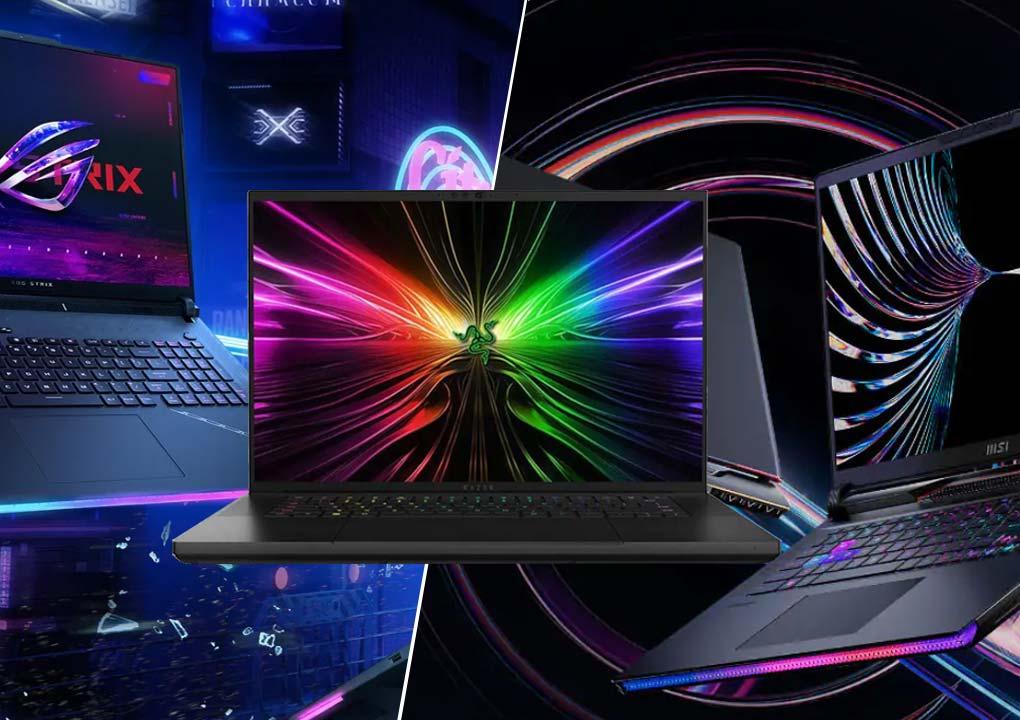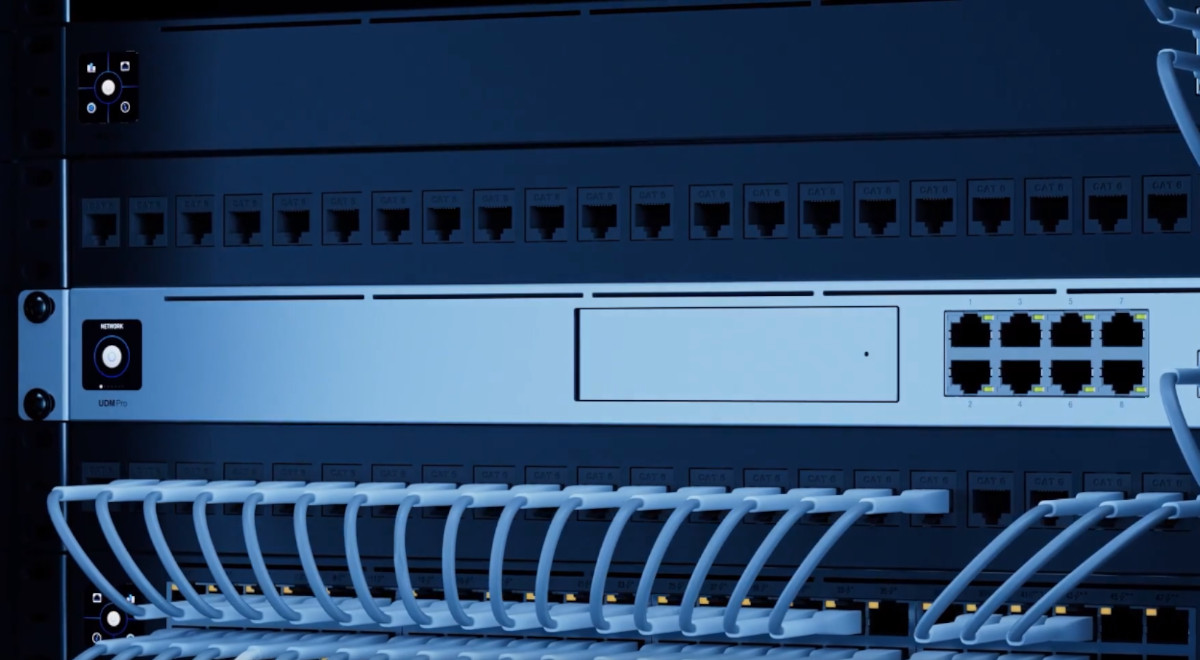Setting Up a Ubiquiti Network: A Step-by-Step Guide for Seamless Integration

Networking Made Easy
Ubiquiti is a technology company specialising in wireless networking equipment for residential and commercial users. Established in 2005, it has quickly become a leading player in the networking market and, at full speed, is driving new unseen network tech onto the open marketplace.
This article will introduce Ubiquiti technology and then take you step by step through setting up a network. So, let's first concern ourselves with their central values and technology.
Top-Notch Technologies
Ubiquiti sells enterprise-quality networking equipment that is easy to use and install. Their products are durable, safe and expandable. They are ideal for any kind of home or business, and set-up-wise, they’ve been made so simple that someone who is allergic to technology can set up their devices using an app within 15 minutes!
UniFi
The UniFi platform is a software-defined network providing a one-stop control interface for the entire network. With UniFi, users can easily track network performance and security and access points, switches, and gateways.
Mesh Networking
Mesh networking is another innovative aspect of their technology. But with mesh networking, you have access points to create a vast, end-to-end network without any dead spots. This makes wireless coverage of large buildings or outdoor areas easy.
Security
Security is another of their specialties. They are designed with security in mind and offer various features that help protect against cyber threats.
For instance, their access points can partition clients off from one another so as to slow the spread of a malware outbreak, and their gateways even come with an in-built firewall to help restrict unwanted connections into the network.
Ubiquiti Networks
Ubiquiti networks are networks for your home or business, using UniFi devices and software to provide smooth operation, strong security and convenient management, all at a central location.
The networks comprise many components as mentioned above: They all can be configured and monitored through the UniFi Controller software.
They also bring advantages like interference-free WiFi, strong IT and single software for enterprise and home networking; they are also simple to configure and maintain: The system has a user-friendly interface with zero license fees.
Setting up a Ubiquiti Network
Step 1: Installing the UniFi Controller Software
Setting up the UniFi network requires installing the UniFi Controller software or a Cloud Key on your computer.
TIP - You can get the UniFi Controller software free from the official Ubiquiti Networks website!
After downloading and installing the software, launch it and run through the setup wizard to configure an admin account and set up the network. The wizard is super easy to work with and will walk you through the setup of basic network settings, like:
- WAN
- LAN
- DHCP
Step 2: Linking the UniFi Security Gateway (USG)
The UniFi Security Gateway (USG) is the workhorse of the operation. Still, it is a brilliant one that controls the UniFi network: it routes and secures traffic between LAN and WAN.
An Ethernet cable must be used to link the USG with the modem. Insert one cable end into the WAN port on the USG and connect the other to a modem.
After that, turn on the USG and wait for it to boot up. Afterwards, put the USG into The UniFi Controller and make network settings like WAN - LAN - DHCP.
Step 3: UniFi App Installation
The UniFi Access Points (APs) are the wireless access points of the entire network. They deliver Wi-FI into their surroundings.
The APs are connected to the network via Ethernet cables or PoE injectors. One end of an Ethernet cable is plugged into the AP, and another into a switch or PoE injector.
If you own PoE Injectors, plug one end of the cable into the AP and plug in another to a PoA injector.
Lastly, plug the PoE injector into a switch or USG. Afterwards, turn on the power of your APs and wait for them to start up.
Finally, insert the APs into your global picture of UniFi Controller and go to configure wireless settings like SSID or password.
Step 4: Connecting the UniFi Switches (if necessary)
With extra Ethernet ports and PoE capability, the UniFi Switches are network switches for UniFi networks. Switches must be connected to the network by Ethernet cables.
Put one cable end in the switch and the other end into a USG or another switch. Next, turn on the switch and wait for it to load.
Then, use the switch in the UniFi Controller to set up port settings--VLAN, PoE and link aggregation.
Almost there!
Step 5: Managing and Monitoring the UniFi Network
Through the UniFi Controller software, a central management and monitoring interface is provided for all components of the entire network.
Open a web browser and type in the IP address of your UniFi Controller to launch its software.
Thereafter, use the admin account created in Step 1 to log in.
A quick glance at the dashboard shows an overview of network status, including the number of clients connected, network traffic, and devices connected.
The details of each device are IP address, firmware version and status. You can see these from the devices tab.
The clients who are currently connected can be displayed by going to the client's tab, along with their MAC address, IP address and data usage.
The statistics tab provides you with the network usage and performance information.
The top clients and applications are among the network insights you can see from the insights tab.
You can specify network-related settings from the settings tab, such as guest networks, firewall rules and alerts. The UniFi Controller software enables such common tasks as firmware upgrades, creating guest networks, defining firewall rules and more.
SUMMARY
They are setting a fast pace at the top of the industry. 2024 seems like another year where they bring out enhancements or a completely new technology. Everything they do, they do well, and you look for innovation but consistency from a manufacturer. But in this fairly niche area, you can’t afford to take your foot off the gas for one moment. No one thought someone would challenge TP-Link until Ubiquiti came along, so 2024 is shaping up to be highly competitive.












